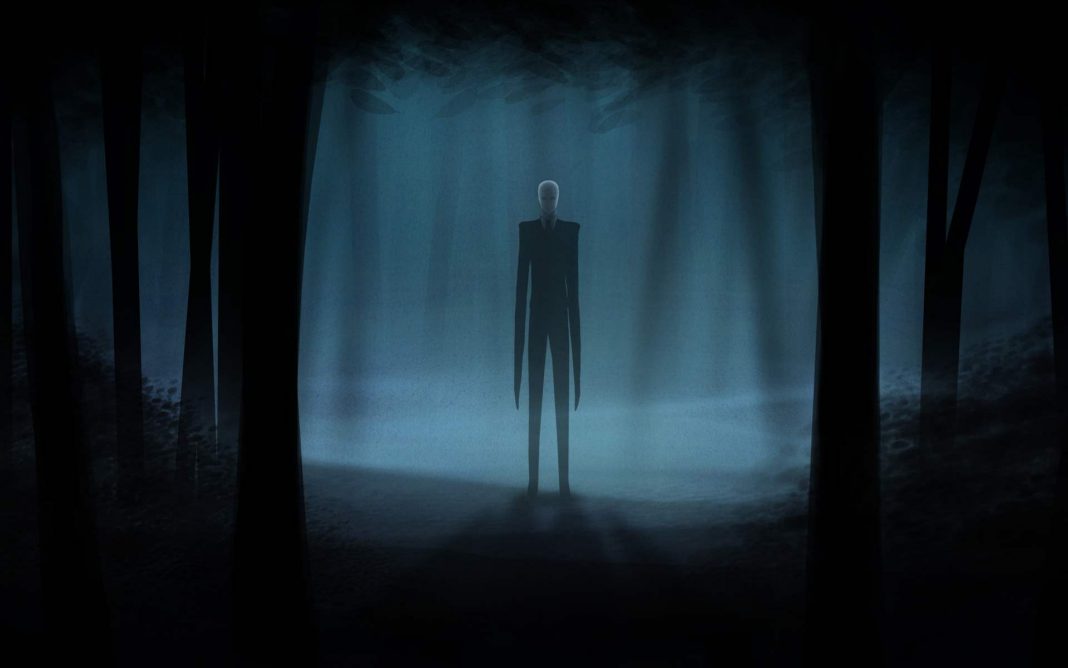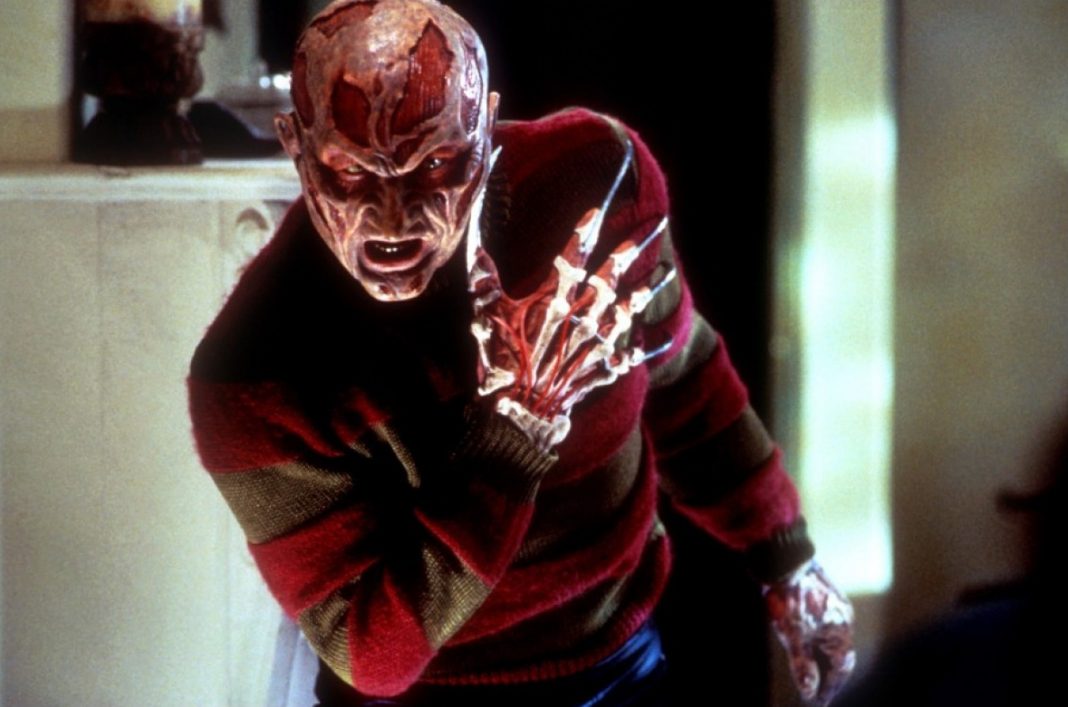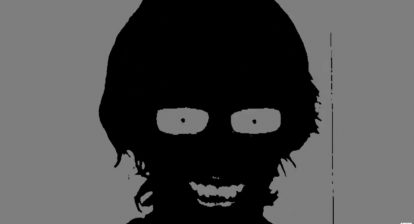When I was growing up, urban legends were it. As children in the ‘90s, we were fascinated by them because they were everywhere. They formed the basis of Alvin Schwartz and Stephen Gammell’s classic collections of Scary Stories to Tell in the Dark. They were ingrained in the cinema of the time, at the core of almost everything. Candyman and Urban Legend offered up statements on the way these stories were told and the impact they had, while Campfire Tales gave us more or less direct adaptations of the stories themselves. Even I Know What You Did Last Summer falls into that category for its specific, surprisingly inventive reimagining of the classic tale of “The Hook.”
They were huge then, but they aren’t really as prevalent anymore, because we did just about everything we could do. I have no idea what you’d do with another Urban Legend sequel if one were to happen now. It’s also likely the reason we haven’t seen another Candyman since the ‘90s came to a close. Those stories have been told and retold and now they’ve come to a rest. We’ve apparently said everything we need to say.
So we make up new stories, told around a different kind of campfire. Namely, a virtual one. Granted, the Internet has been around for a while. But there was a shift as kids began growing up with the Internet, which my generation—of people in their mid-late twenties—didn’t. Storytelling changed and the way we interacted with each other started to change. I’m not saying that kids aren’t going outside anymore and aren’t telling campfire stories, though.

Part of the importance of the classic urban legends is their anonymity. They’ve been told and retold so often that no one ever really knows where they came from. Were they originated by some nameless storyteller, or was that person inspired by a true, terrible event?
I think that’s a very overlooked part of what makes the current Creepypasta community so prominent. It’s hard to tell where most of these stories come from because they’re posted anonymously on the Internet. It’s not the same as the way the urban legends were originated, but it’s not that different, either.
Creepypastas are insanely popular. They make up a huge part of the horror community and I can say for certain that they have thousands of fans who aren’t part of the larger horror community as a whole. Maybe millions. People love Creepypasta regardless of whether or not they love to be scared at the movies. They love the stories. There are already stories that have become classics.
 The Slenderman, without an official film or even a truly official video game adaptation to date, has become a cultural icon. And like most cultural horror icons, has been blamed for horrific acts of violence.
The Slenderman, without an official film or even a truly official video game adaptation to date, has become a cultural icon. And like most cultural horror icons, has been blamed for horrific acts of violence.
But just looking at some of the stories themselves, some are already being called classics. Some of these are treated like the highest horror literature, with many people calling them the scariest thing they have ever heard. “The Russian Sleep Experiment” is the perfect example. I was not the kind of person who went looking for Creepypastas, but it found its way to me because the reach grew that large. It was the first one I ever read and something about it just scared the living hell out of me.
It didn’t read like a short story. It didn’t even read that well at all. But that was the point. It didn’t sound like it had been written, it sounded like it was being told. Perhaps by someone sitting across from you at a campfire. Perhaps by someone standing behind you, whispering down your neck.
That, I believe, is the larger appeal of Creepypastas. They’ve already reached a massive cultural impact. They don’t fall into the category of short stories, they’re not a part of the literary canon, but neither were urban legends. In the end, being a part of the literary history doesn’t so much matter.
 What matters is the fact that these things are insanely popular. Everyone reads them. They have their own, rabid fan base big enough to overshadow the fandom for horror lit and possibly even match that of horror films. People can’t get enough of them. They’re a part of the way we tell each other stories now. When the power goes out, we don’t light candles and try to make up ghost stories. We see whose phone has enough battery to read “Candle Cove.”
What matters is the fact that these things are insanely popular. Everyone reads them. They have their own, rabid fan base big enough to overshadow the fandom for horror lit and possibly even match that of horror films. People can’t get enough of them. They’re a part of the way we tell each other stories now. When the power goes out, we don’t light candles and try to make up ghost stories. We see whose phone has enough battery to read “Candle Cove.”
People, especially young people, will never not feel the urge to scare each other silly. Right now, this is how they’re doing it. The cultural impact of Creepypasta is undeniable and I think it will last for a long time to come.







